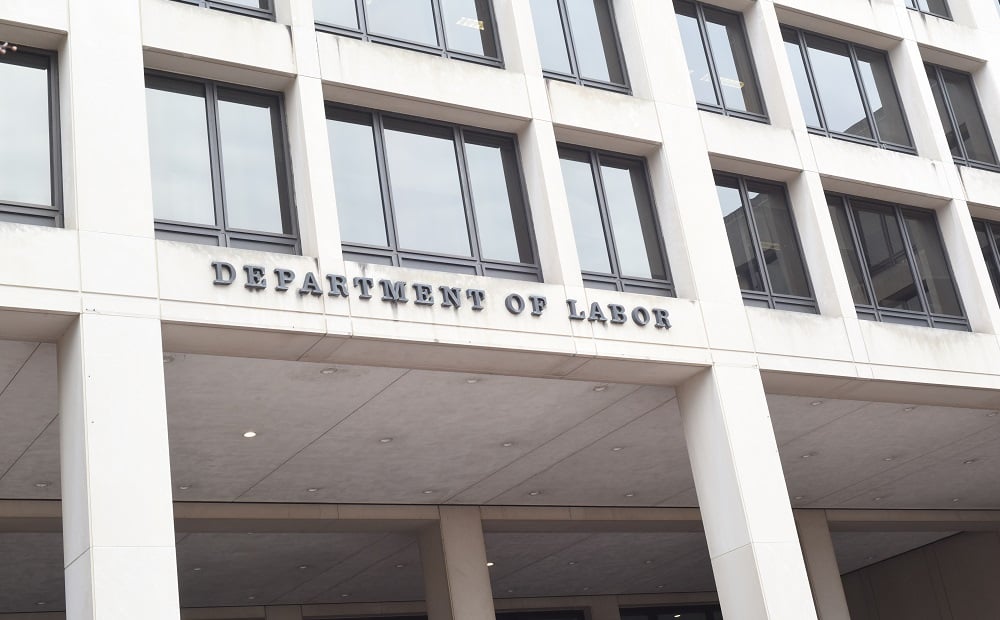Last month the Internal Revenue Service (IRS) announced an extension, to January 1, 2026, for rules to accommodate the SECURE 2.0 required minimum distribution (RMD) rules. The December 18 announcement came in IRA Announcement 2025-2.
SECURE 2.0 raised the age at which RMDs are required on a phased-in basis. In 2024, the IRS proposed implementing rules that were supposed to become effective January 1, 2025. However, the IRS has extended that effective date by one year.
In extending the rules’ effective date, the IRS responded to concerns expressed by the private sector that they needed more time to implement certain SECURE 2.0 changes. These include spousal elections, partial annuities, Roth accounts, corrective distributions, and qualified longevity annuity contracts (QLACs).
Prospects: While Announcement 2025-2 extends the effective date for some of the rules that were to take effect January 1, 2025, others remain subject to the 1/1/25 effective date. These include the required beginning date for RMD purposes, corrective distributions, trust beneficiary issues, the uniform lifetime table, and eligible rollover distributions.
NAIFA Staff Contact: Jayne Fitzgerald – Director – Government Relations, at jfitzgerald@naifa.org






.png?width=600&height=90&name=Support%20IFAPAC%20%20(600%20%C3%97%2090%20px).png)
